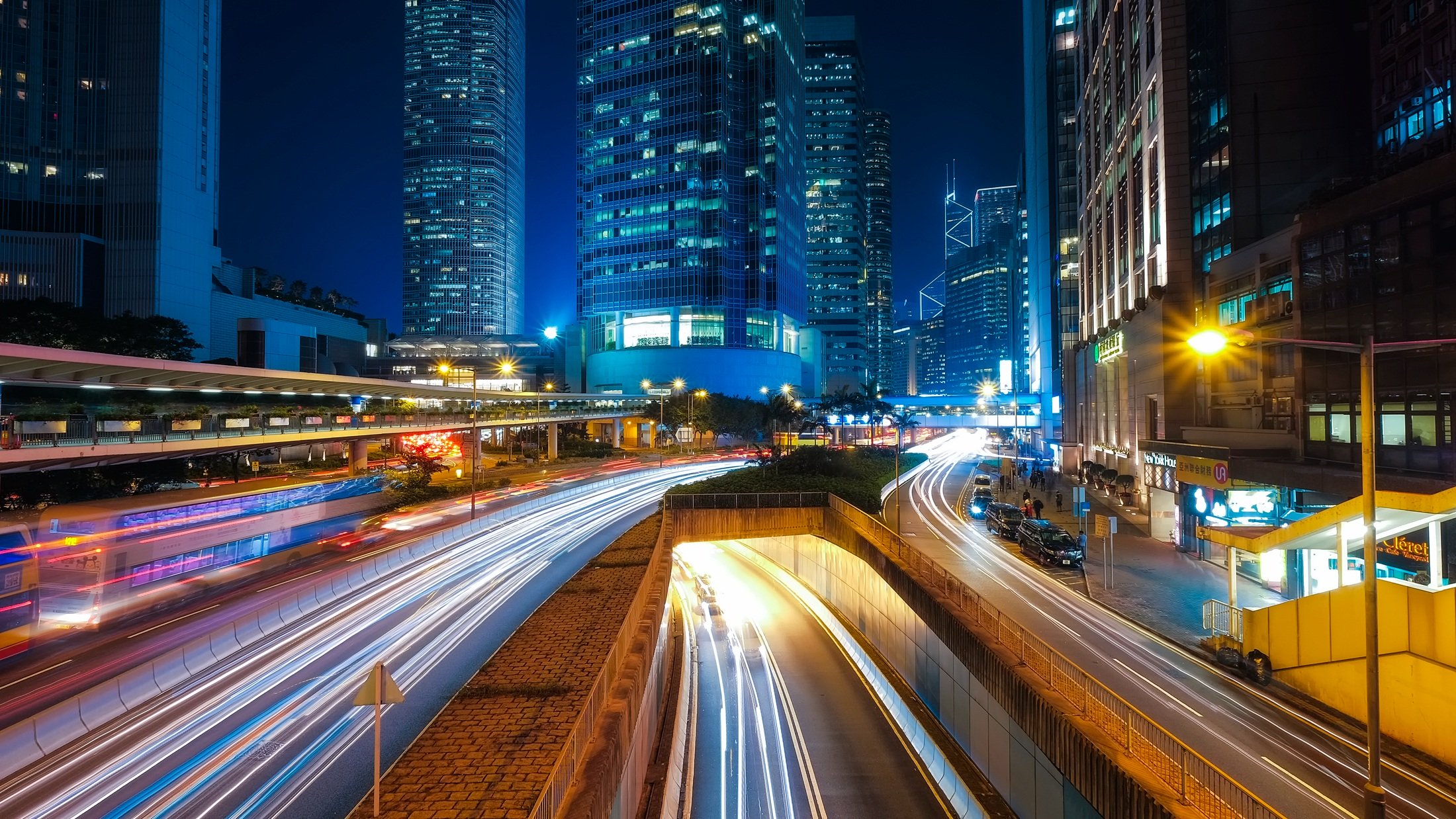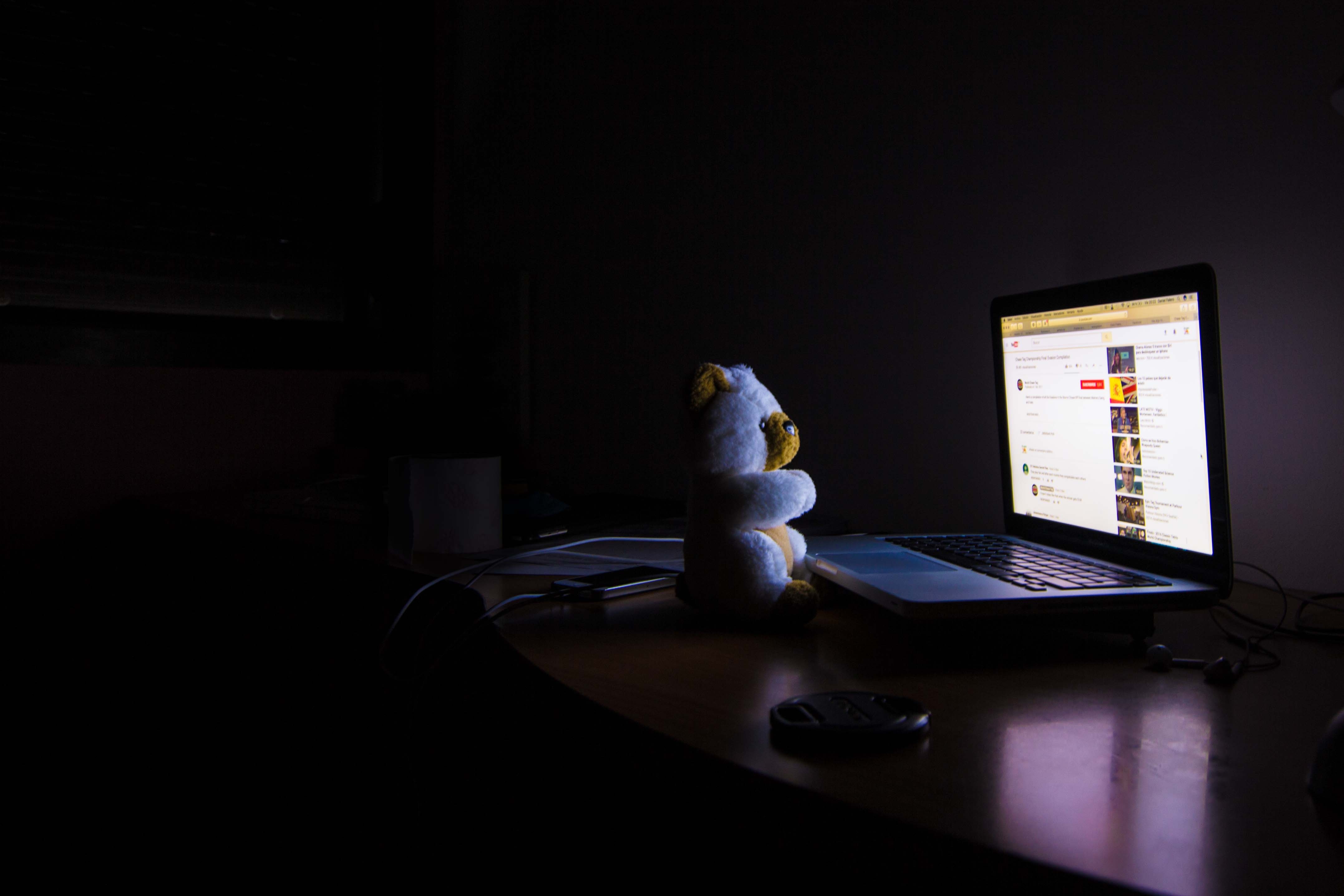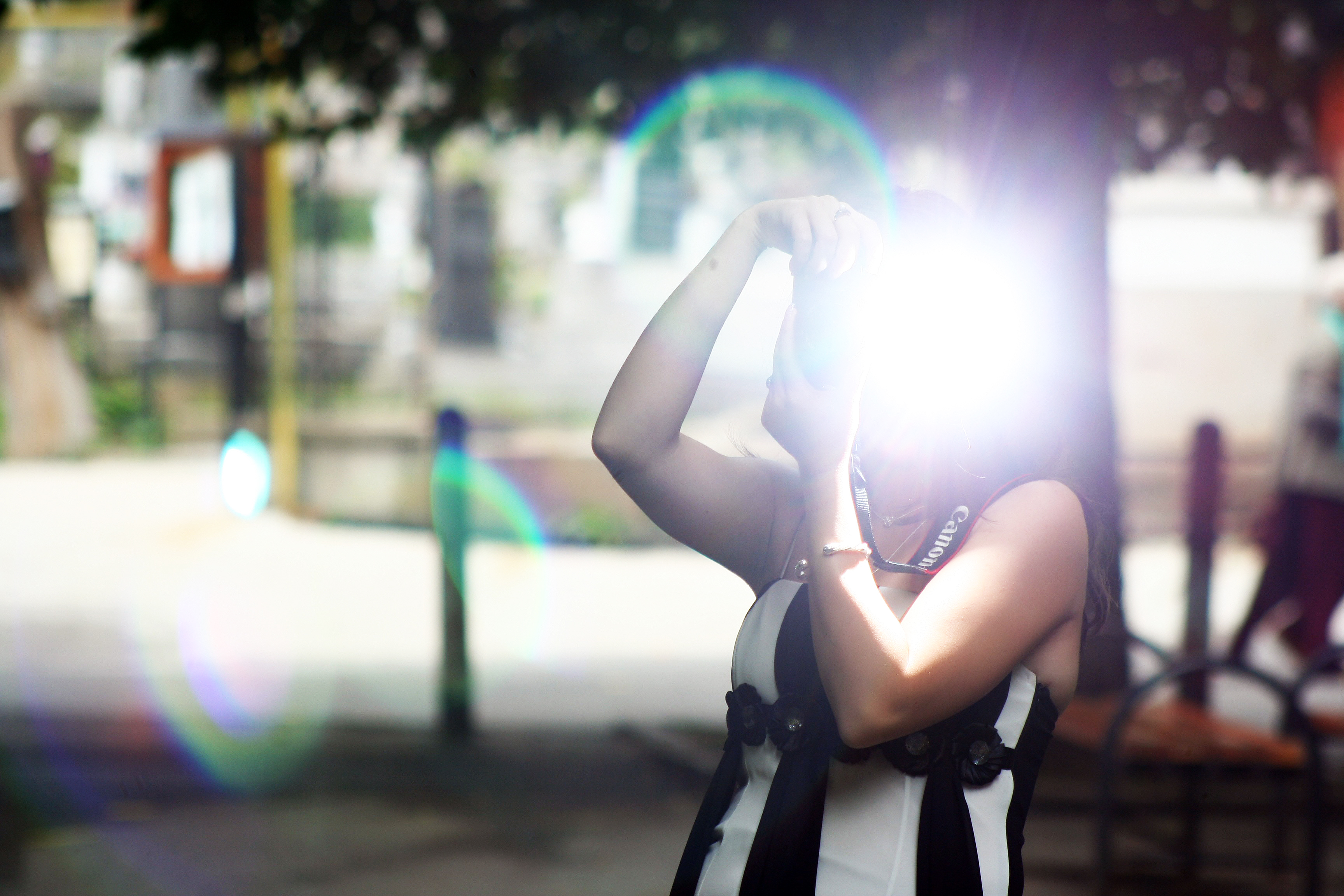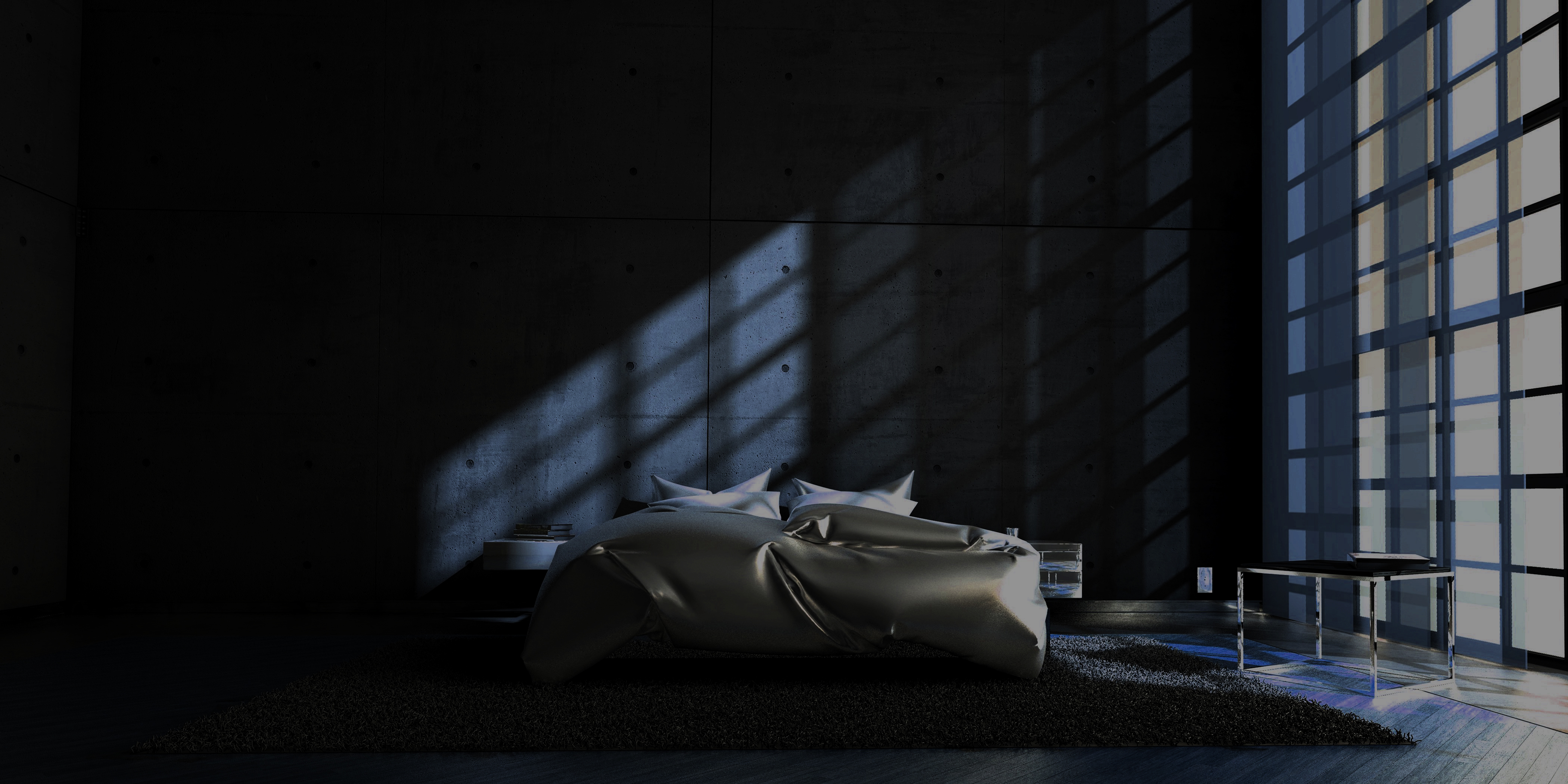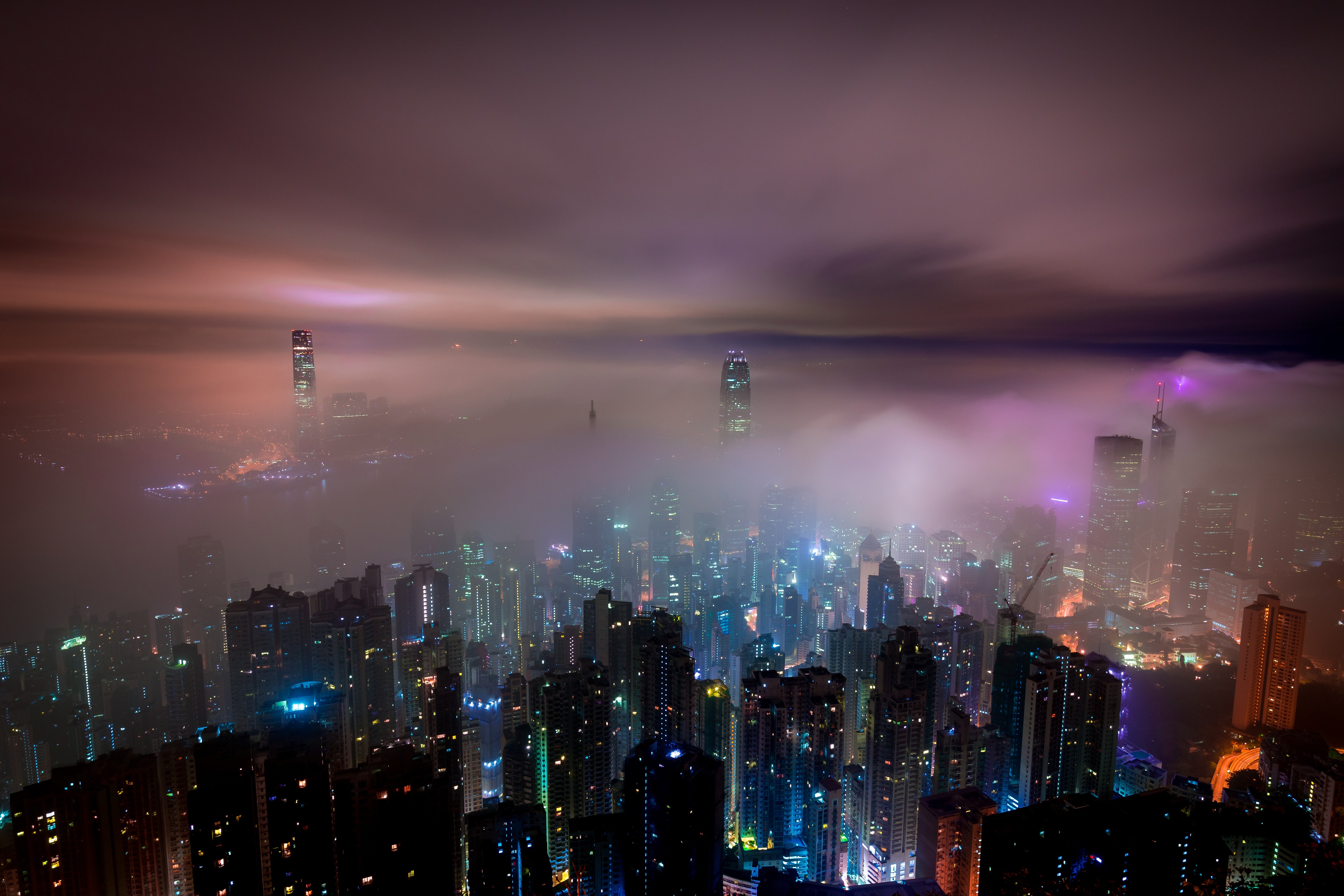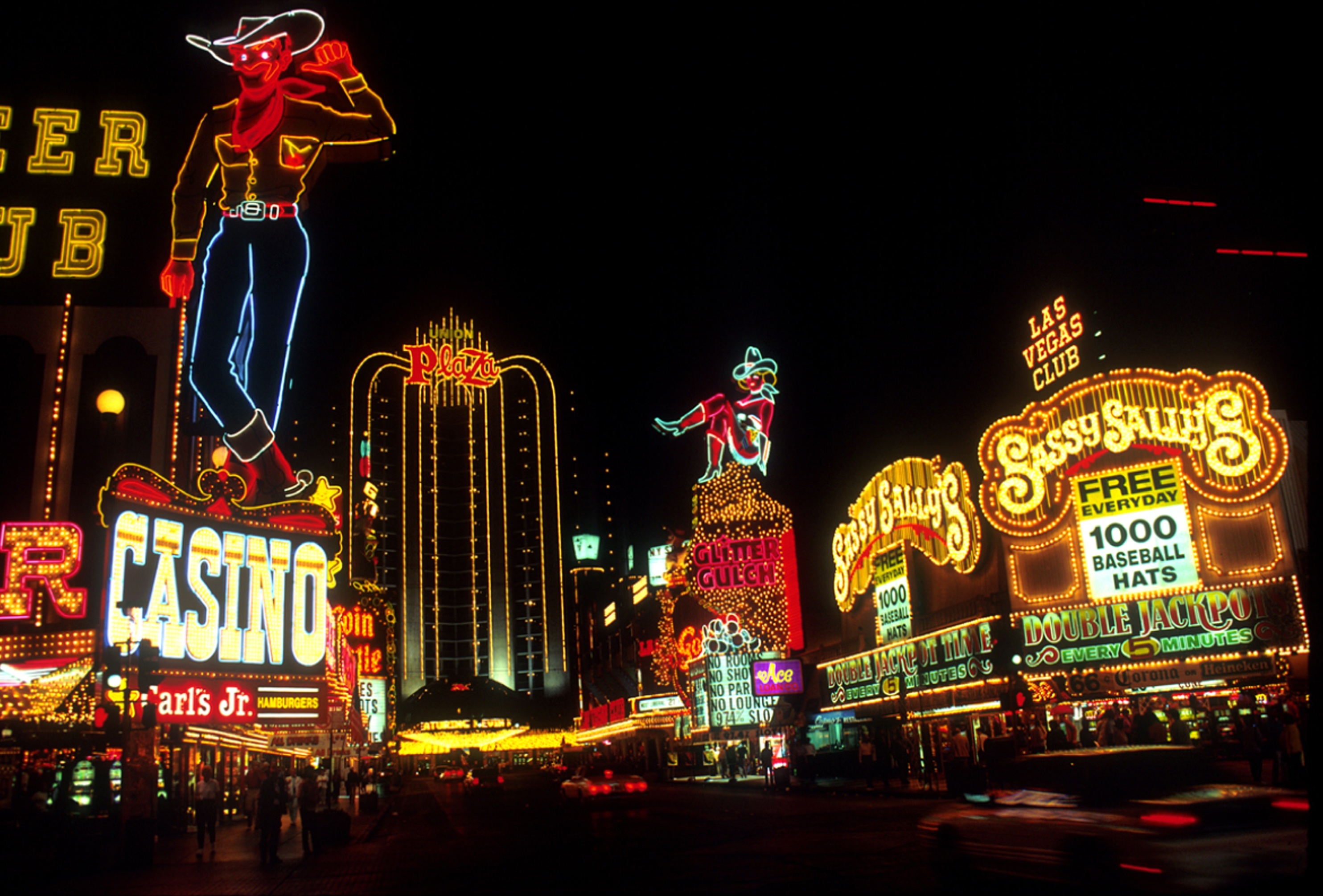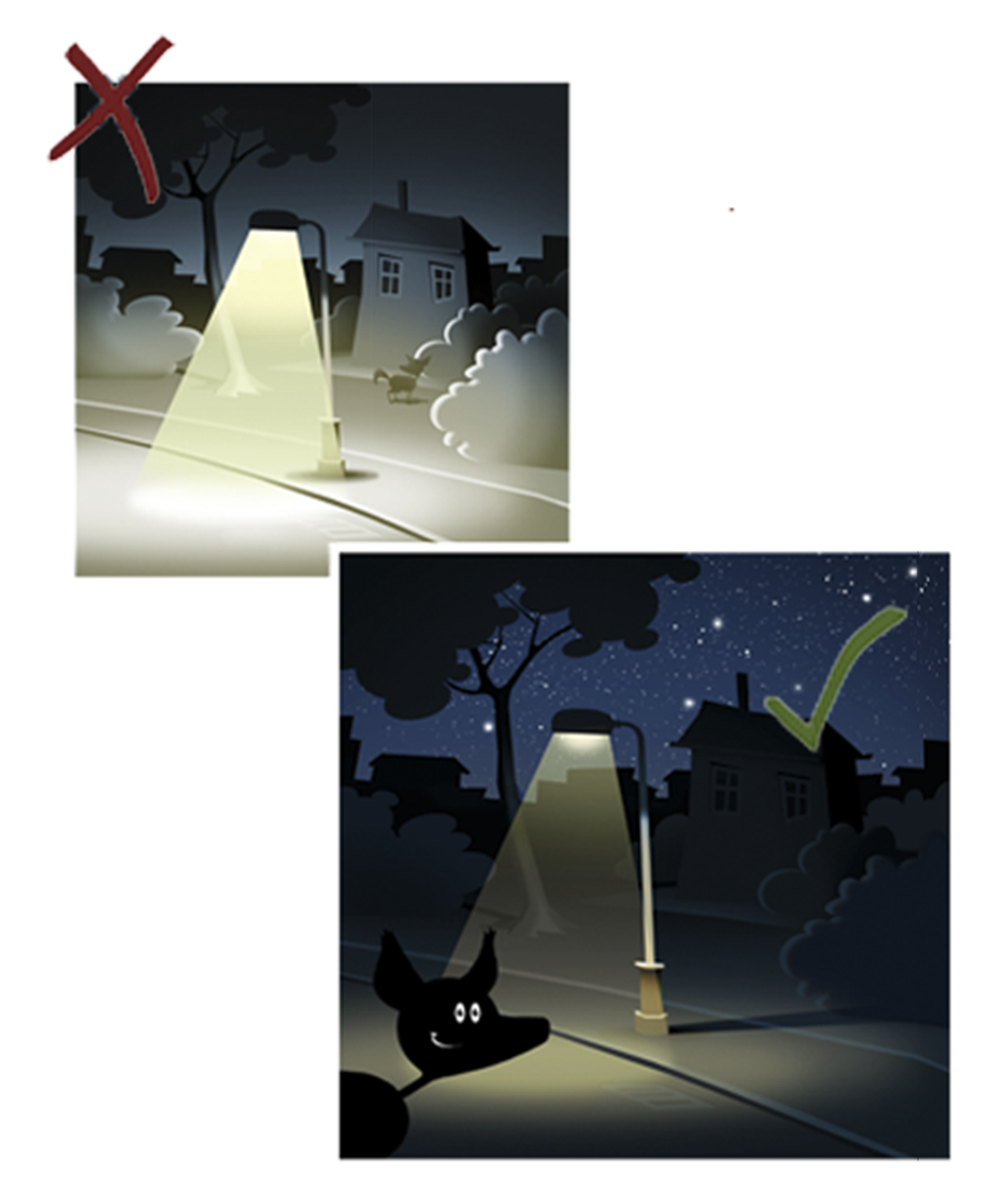Artificial lighting alters the environment´s natural pattern of light and darkness. It is produced by all sources of light and it is especially noticeable in the brightness of the sky. We try to lengthen the day artificially setting excessive artificial lighting, generating a waste of energy and money without being aware that it generates harmful effects on people’s health, animals and plants.
Natural darkness is disappearing and that generates a series of negative consequences.

